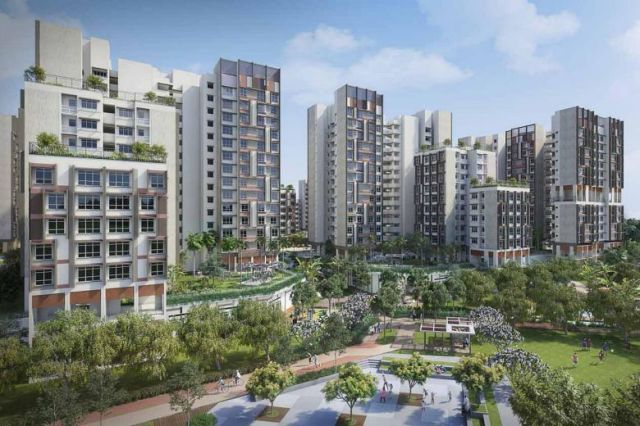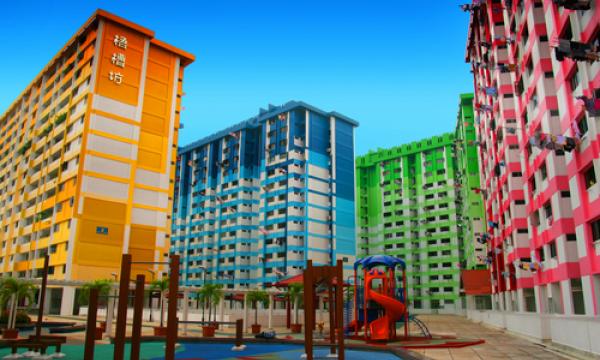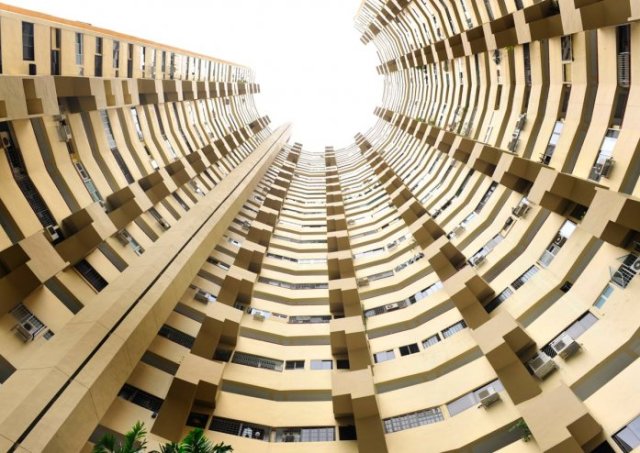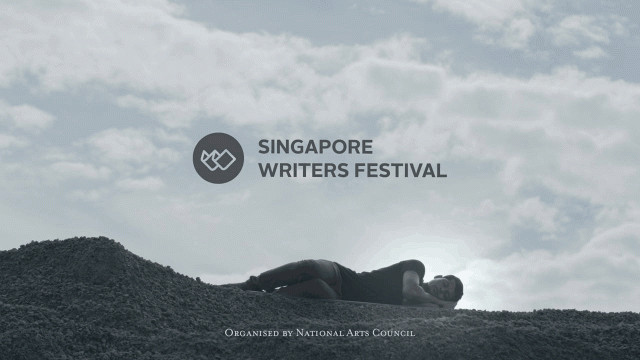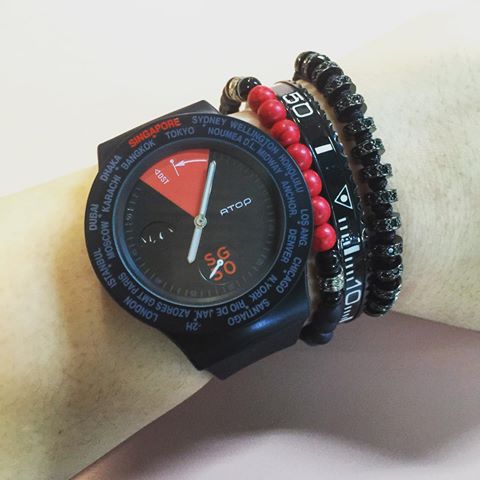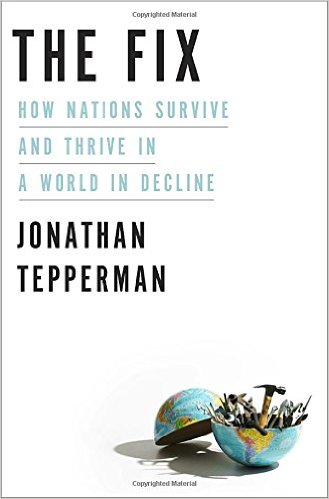Hope, anxiety and question marks
Introduction. He was the editor of the Straits Times from 2002 to 2012. Fook Kwang writes regularly columns in The Sunday Times. We are a more rounded society now. Singapore is thriving for more civic participation and diversity of views. How can the economy continue to grow He has learnt to take feedback in his stride.
Politics. In 1989, he joined the Straits Times as a journalist. Technology and social media changed how people viewed society and politics. The public is more outspoken nowadays. Are the leaders out of touch with what is happening on the ground? The public is becoming more demanding nowadays. GE 2011 showed what happens if the government doesn’t change fast enough. Fear is always still present. It is important to read and think about the articles.
The trouble with $2,200 bikes and $600 chairs. Why were Singaporeans so upset with these purchases? The bidding period for quotations would increase from 4 to 7 days. The issue was not unfair evaluation but also the sheer cost of the bikes. Spending $2,200 on a bike wasn’t typical household spending in Singapore. Does all government need to be analyzed using cost benefit analysis? Can they incorporate assessment methods like using common sense and instincts to decide? Can an organization develop a culture and values system to do the right thing? Is there a widening gap in expectations between the general public and public sector leadership? We all need to agree on what the future Singapore should look like.
The real fear: Being pushed out of home. At the root of disquiet over foreigners is basic human anxiety of being displaced. The number of foreign workers are a concern. Immigration is a hot topic everywhere. The issue is the dilution of our culture and values. Are the foreigners integrating into our society? Mr Lee Kuan Yew had great foresight and could foresee this problem many years ago. Nobody wants to be displaced from their own back-yard. There has been a strain on infrastructure in recent years. However, infrastructure can be continually improved. People have different views on immigration. The common man is worried about their job security and foreigners stealing their jobs. Nowadays, there is also high skilled labour entering Singapore’s shores. The government needs to recognize concerns from Singaporeans and yet do what it takes to continue having a vibrant workforce and economy.
Singapore the real winner in Punggol East by-election. The by-election was conducted fairly. The Workers Party are also a party which is not out to upend the status quo. They certainly do not have plans to become the next government straight away. WP often agrees with the positions of the PAP. WP needs to work on their policies to rival PAP’s. The electorate is more educated and sensible now. It is important to field the best candidate.
Government needs to regain people’s trust. White Paper debate shows people must be persuaded plans are in their interest. Many Singaporeans were unhappy at the White Paper. Is there a lack of public confidence in the government? People need to know that policies are in their best interest. Trust has to be earned and re-earned. There is certainly a measured approach which needs to be adopted when it comes to population growth. The government needs to explain how the increase in foreigners will benefit Singaporeans. This is crucial. The public must feel that the government is acting in their interest and is doing what is best for the country.
Who’s out of touch – our leaders or people? While some feel the Government has become elitist, others say citizens are unrealistic. The public seems to be getting unhappier at major issues. Has the government gone soft? The first theme blames the government. If the policy makers lost touch with the ground, things might be difficult. Or are the people to blame for having unrealistic expectations of the government? Are they are grateful enough Policy makers need to deal with municipal issues as well.
50 and celebrating the spirit of questioning. People who bought property in the past were able to benefit from them. Many people have taken advantage of the real estate boom. This was one of Singapore’s icons of success. However, are resale flats too expensive? Are we a too materialistic society? Are we better off living in houses with inflated values? There are grave concerns over the Singapore economy. Are Singaporean companies losing their competitiveness? Is our economy in need of structural change? The public also wants a stronger opposition. Our government is never stagnant and is trying their best to rejuvenate the economy. As we turn 50, it is the best time to ask such questions.
What dark secret is in the Singapore basement? There are things every society is not proud to be associated with, but which still exist. What is the cost of economic growth? Is there exploitation of cheap labour? 3 groups have sacrificed themselves for the sake of economic growth. One is the low-wage workers. However, programmes like Workfare are helping this group. Politicians who were opponents of the ruling party have suffered in the past. Some movies have also been banned in Singapore. There are also many low-wage foreign workers doing the jobs that Singaporeans do not want to pick up. These are the some of the trade-offs in our society.
Fear for Singapore propelled vote swing. Voters feared that the ruling party might be voted out. It would be the unthinkable. The opposition’s campaigns seemed to gain a lot of traction online. There was a fear the ruling party would lose seats and weaken it. Voters didn’t want to see 1 more GRC move to the opposition. Many voters could have been influenced by SG50. The WP kept emphasizing on checks and balances to improve governance. The opponent will have to thread carefully after this bad result. The WP will have to re-strategize and fight again.
Lee Kuan Yew. LKY was a fast worker. Back then, everything was handwritten and he would mail his comments to me. He would always ask reporters and editors on how his speech could be improved. LKY has a tremendous persistence and determination. Many of his initial ideas for Singapore were revolutionary at that time. Indeed, he still continues to loom large.
His conviction and personality shaped Singapore. LKY can look back at Singapore as his achievement. The country has progressed much since independence. Does the younger generation lack the understanding of what made Singapore succeed? His conviction was outstanding and he was relentless about his pursuit of success. Values were very important to him. Thankfully, PAP is never on autopilot and a lot of fine-tuning of policies need to be carried out. He can take pride on our new generation and the effort younger Singaporeans are putting in.
The original big-idea leader. His enduring legacy was that he had powerful ideas for Singapore and the courage and commitment to turn them into reality. Mr Lee was not concerned with winning his critics. The good thing about him was that he was not afraid of implementing new policies. He chose to bring in MNCs, have compulsory NS for males, introduced English as the common language and multi-culturialism. He had a great deputy, Dr Goh Keng Swee. The big institutions were under government control. Mr Lee is an extreme pragmatist. He believed in minimal public welfare and home ownership. Can Singapore sustain its growth? It remains to be seen.
I’m very determined. If I decide that something is worth doing, then I’ll put my heart and soul to it. The whole ground can be against me but if I know it is right, I’ll do it. – Lee Kuan Yew
What’s next for Singapore after Lee Kuan Yew. Passing of larger-than-life leader will bring inevitable change, but key question is what this entails. What will life be like? The current leadership will certainly feel his absence. Lee Kuan Yew also commanded a lot of respect from international leaders and Singapore’s reputation might be affected. Mr Lee had many views on rising China in the past and he built a strong relationship with global leaders. No current leader should try to emulate him though.
He wasn’t afraid to show his true colours. Open display of grief shows Mr Lee’s qualities mattered more than his actions. Mr Lee never sought adulation. He was a very serious leader. He was a very frugal man and wasn’t interested in wealth. This made him more relatable to ordinary Singaporeans. Singapore was his lifelong project. He was never afraid of public examination and he wasn’t afraid to be harsh, when necessary.
Singapore’s future according to LKY. He still thought that Singapore would be safe for 10 years. But beyond that, it depends on the other members of the team. There will be a time when the public wants to try the other side. Nobody can settle the future of a country beyond more than 10 years of his life.
Economy. Hope it isn’t the kiss of death for me. Stagnating wages have been an issue for a while now. Does the average Singaporean worker deserve higher pay than his neighbouring counterpart? How do we make workers in Singapore more competitive? People need to do their job well and display initiative in whatever they do. I was impressed by service staff overseas. Singaporeans have not developed this sense of taking pride in their work. We do not possess the deep skills and knowledge required to make our products/services world-class.
Who do you think owns your company? It’s hard to improve productivity unless employees feel a sense of ownership. Labour productivity growth rates haven’t been growing. The government has been investing a lot into the National Productivity Fund. There is a lot of financial support for start-ups. Will companies be over-reliant on government help? We need home-grown innovators. Productivity is crucial. Management’s problems should also be worker’s problems. If you ask the Japanese who owns their company, they will say that their companies belong to them too.
Do workers here believe that the company they work for belongs to them? If the answer to the question is no, if workers’ hearts are not in their companies, the company doesn’t deserve to be given taxpayers’ money. – Han Fook Kwang
The $6 billion question: Will government funds help SMEs to do better? How do you grow the pie each year so that everyone can benefit? Transformation of the SME industry was the strategy. We want to send workers’ for training and rely less on foreign labour. Singapore is known for the excellent infrastructure and tax incentives. The going will continue to get tougher. However, we have to be accountable for the amount spent in the budget. We need to review whether programmes have the desired effect.
When wages fail to grow along with economy? Stagnating incomes need to be tackled in earnest. Income rose from the 1965s to the 1990s. The median monthly rate increased tremendously. Starting salaries for fresh graduates haven’t been increasing much. Why is there economic growth but no wage increase? This issue is also not uniquely Singapore. Do we need a new growth model? These are important questions which need to be answered. Inflation rates have been rising. Will stagnating incomes affect the quality of living? If the ruling party can’t deliver good jobs and incomes, they might lose votes. Ultimately, they still need to care about the economy.
Do Singaporean workers deserve their wages? Why do our workers deserve a premium when they are not so productive? We do not fare well in case interviews too. Are our workers comparable with engineering firms in Germany? Many say workers in Singapore lack drive. We should be hungrier and more hardworking. Our workers need better skills and ability. The Swiss has managed to reinvent themselves. Let’s hope stagnating wages are not here to stay.
Is Singapore too business friendly for local firms? There are basically no entry barriers. We face the brunt of global competition. It is too easy to set up a business here than many want to try. Toyota and Nissan thrived at the start because of protectionist measures. Once they were bigger, Japan opened up their economy to trade etc. It can notorious for foreign firms to succeed in China. Japanese companies usually favour sub-contractors they know for a long time. Can the system be more nuanced? Can a more protectionist approach yield the new global Singapore firm?
Understanding productivity: Why we haven’t got it still. BCA has been encouraging construction firms to use technology. Our economy is struggling to achieve 2 to 4% of productivity growth. It is not so easy to get workers to produce more. Is the worker even doing the right job? Should he be doing something else? What is Singapore really good at producing? Restructuring of the economy comes into the picture, not just about productivity gains. There is also excessive focus on technology. We need to understand the human relationships in organizations and how employers/ employees interact
If workers do not believe that bosses are fair, that the company belongs to them as much as it does to shareholders, and that they have a future in it, no amount of skill or technology will help them excel. – Han Fook Kwang
Sake, windmills and the art of craftsmanship. Both how Japanese brew and the Dutch harness wind for energy is intriguing. There is a common pursuit of excellence. Be the best you can be. The master craftsman often hands down the skills to the younger ones. They are constantly thinking of new ways to improve the brew. They treat their job with utmost respect and care. The Dutch needed to be good at harnessing energy from windmills as they needed to clear waterlogged lands. The country sits on low-lying land. It is a deep Dutch tradition.
What it takes to get the economy buzzing. Singapore relies on trade and connections with neighbours. We lack enough dynamic individuals to take us forward. We need to develop a culture of entrepreneurship. We need to do our jobs well. People in Japan, Netherlands are very resourceful.

